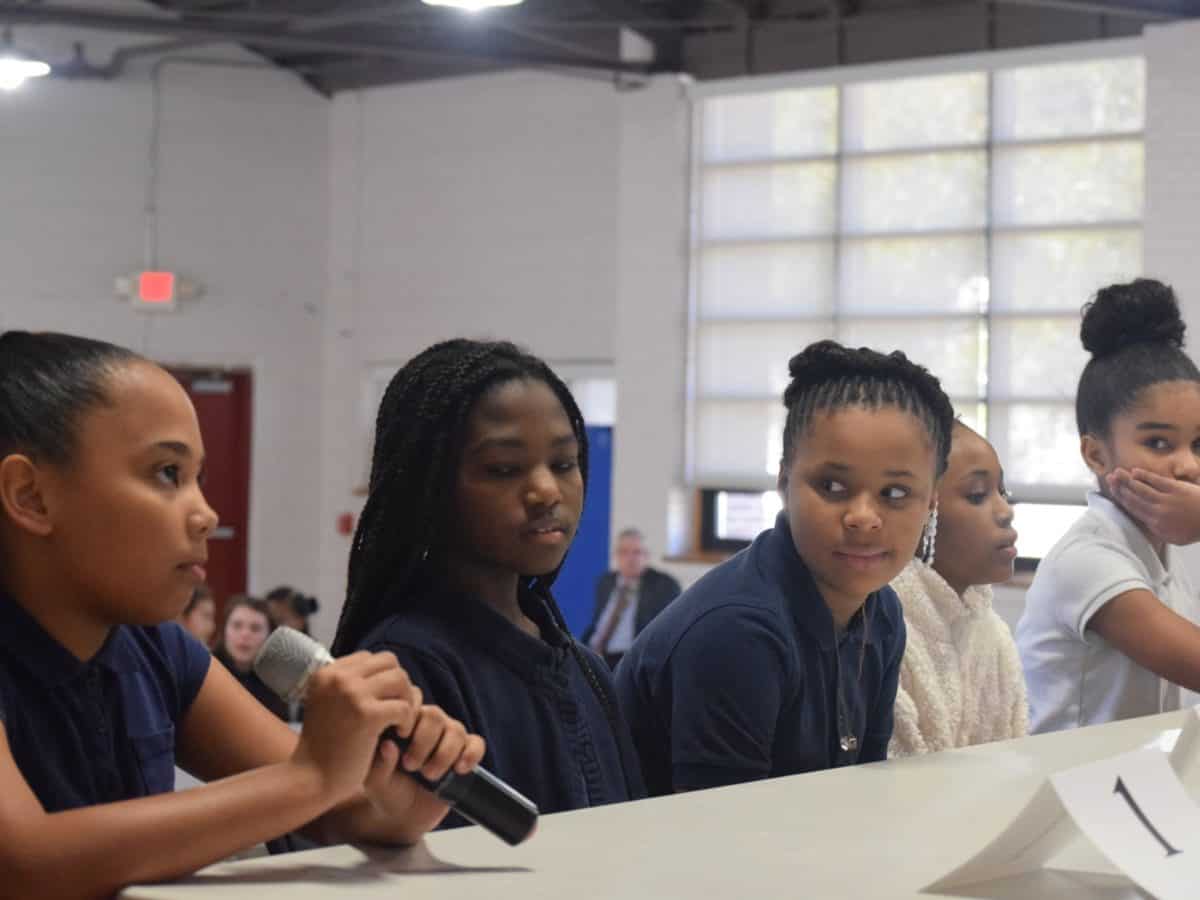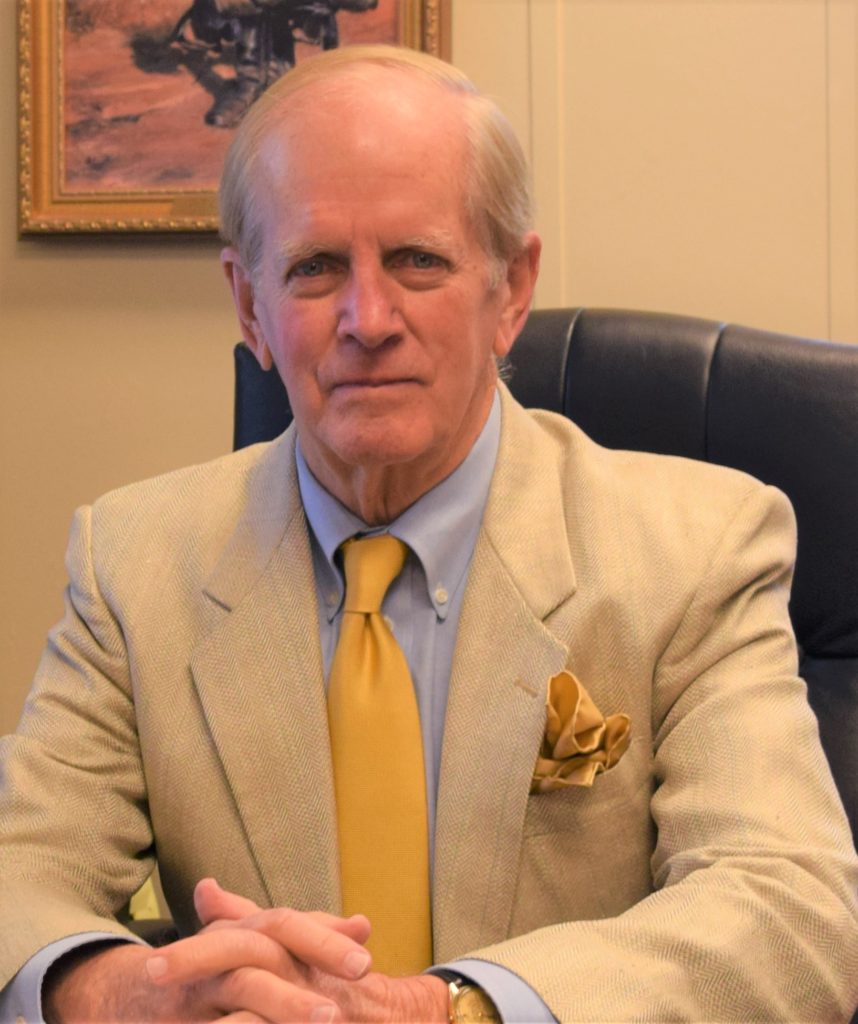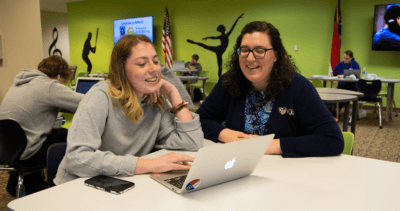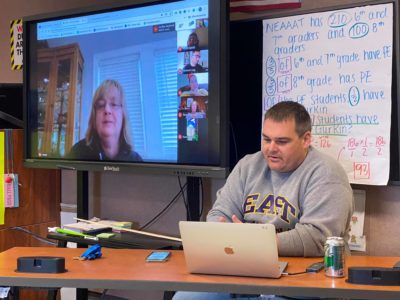

While schools across the state adapt to remote learning in the time of COVID-19, Baker Mitchell says the four charter schools operated by Roger Bacon Academy haven’t missed much of a step.
Mitchell — the founder of Roger Bacon Academy — attributes the schools’ success in transitioning to the flexibility and uniformity inherent in their models, as well as the diverse backgrounds of their staff.
“We were just better prepared for groping with uncertainty,” he said in an interview.


Roger Bacon Academy operates charter schools in Wilmington, Whiteville, Leland, and Bolivia, North Carolina. They are:
- Charter Day School, Leland
- Columbus Charter School, Whiteville
- Douglass Academy, Wilmington
- South Brunswick Charter School, Bolivia
The schools are all Title I schools. In total, enrollment is roughly 2,153 students.
Mitchell applied for the charter for the first school — the Leland campus — way back in 1999, and he said his lack of an education background was actually an advantage. He is an electrical engineer, and he believed that schools could benefit from having staff with backgrounds other than education. Early on, he embraced lateral entry teachers from fields such as business, the military, and even chemistry.
“Having a diverse background among all of our staff, including teachers and management … I think gave us a broader set of tools to bring to the table when we needed to address issues,” he said.
And he didn’t see any reason to reinvent the wheel. He said he looked around at what was happening in education, picked out some “shining examples,” and tried to duplicate those.
One of the decisions Mitchell made when trying to operate multiple schools was working to ensure that they were as similar as possible while still making allowances for the differences in their respective populations. The four schools all use the same curriculum, pacing guides, and pedagogy.
And the schools emphasize technology in instruction and management, even though their curriculum is more classical.
“Our classrooms are outfitted with some of the latest technology, which our teachers already were using every day to interact with students in delivering instruction,” he wrote in a piece for RealClearEducation. “Likewise, most of our administrators were tech savvy.”
If you look inside a classroom at one of Roger Bacon Academy’s schools, it won’t look much different from how most people imagine classrooms look. There are individual desks in rows and the teacher has room to move around the students.
When COVID-19 hit and learning transitioned online, the schools tried to find a way to duplicate exactly what happens in the classroom. Mitchell said that looking at a Zoom session, it’s very similar to what you would have seen in a classroom: a group of students in rows on the Zoom matrix.
One of the things that Mitchell considers a success of his schools is frequent student-teacher interactions. He wanted to preserve that online. Zoom seemed like the platform that would help the schools to do that. And he wanted to keep all the facets of school as similar as possible.
“We said OK, we’ll take Zoom, we’ll roster all of our classes … and set up times … so they all log in at 8:00. They’re sitting at home. They have to be in uniform. They all stand and say the Pledge of Allegiance. School pledge. And the teacher takes off with a class session that is very little different from what they would do in a typical classroom,” he said.
Mitchell acknowledges such an approach would be difficult for other schools that use a model where students are broken up into small groups to work on different tasks.
“I don’t know how you do that remotely, because the kids are supposed to be interacting with each other and the teacher is more of a facilitator rather than directing the instruction,” he said.
To prepare for the transition online, Mitchell’s schools took three days to practice what they were going to do. They sent out emails to parents, gave out nearly 800 Chromebooks to those who didn’t have access to technology, and then they went live on Monday, March 29.
“We kept attendance, and amazingly it was 88%,” he said.
Surveys sent out to parents kept track of who had internet service and who didn’t. Those without it got workbooks and packets with assignments. If students couldn’t go live on Zoom, then the schools used Google Classroom so that teachers could interact with students offline.
Mitchell said nobody questioned him when he said he wanted to move the classroom experience online and keep it the same.
“They just said OK, let’s go get it done,” he said.
Part of the reason Mitchell said the schools were able to transition so quickly to online learning was the fact that there is less bureaucracy at charter schools than there is in a traditional public school system.
“Bureaucracy slows things down, reducing efficiency and innovation while increasing costs,” he wrote in his piece for RealClearEducation. “Less bureaucracy is better, especially during these challenging times.”
And there are very few “sacred cows” at his schools, Mitchell said. Other than things like the curriculum, pedagogy, and uniforms, schools and teachers are free to be flexible.
Mitchell cites business strategist Grant Freeland’s advice that organizations need to be flexible and able to improvise as one of the reasons for the schools’ success.
“He wasn’t talking about schools, but they need it more than most,” Mitchell wrote in his piece for RealClearEducation.




